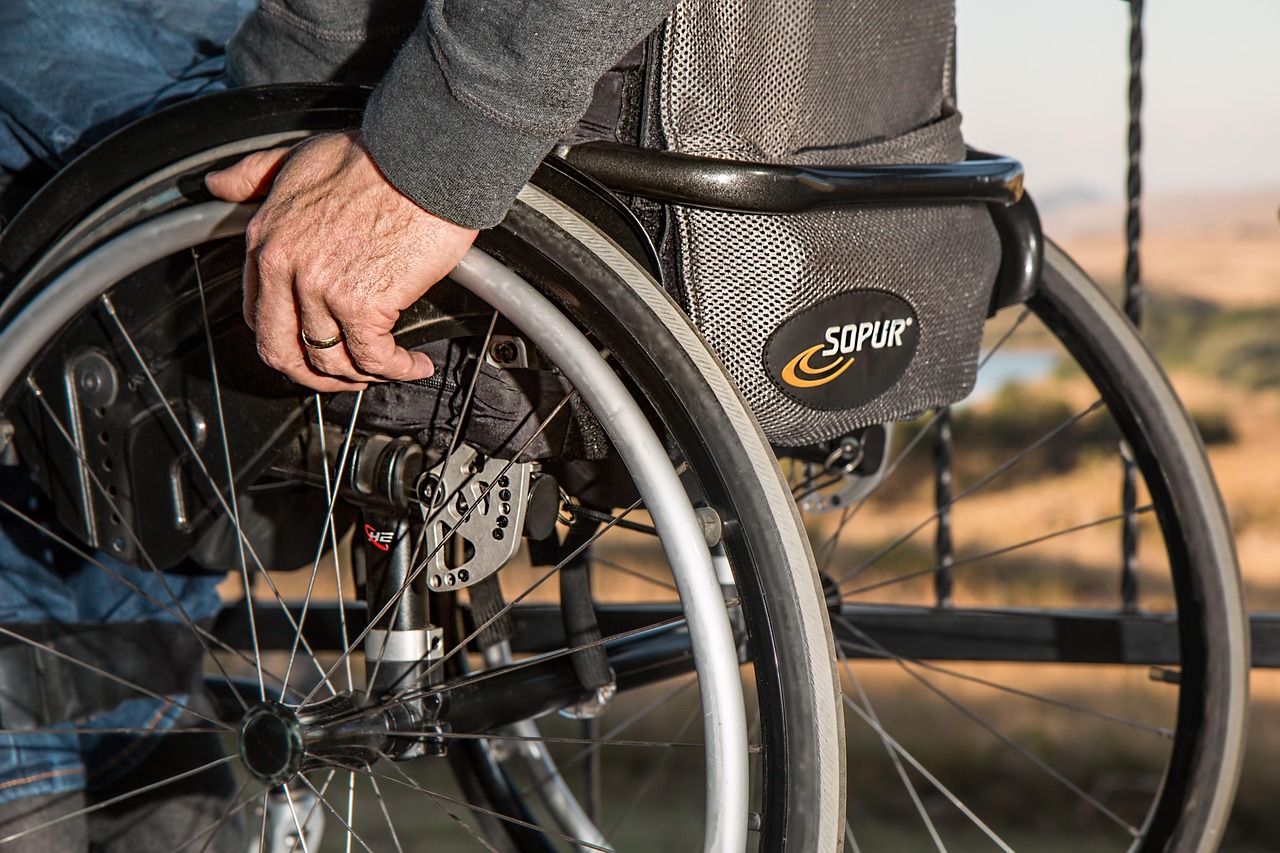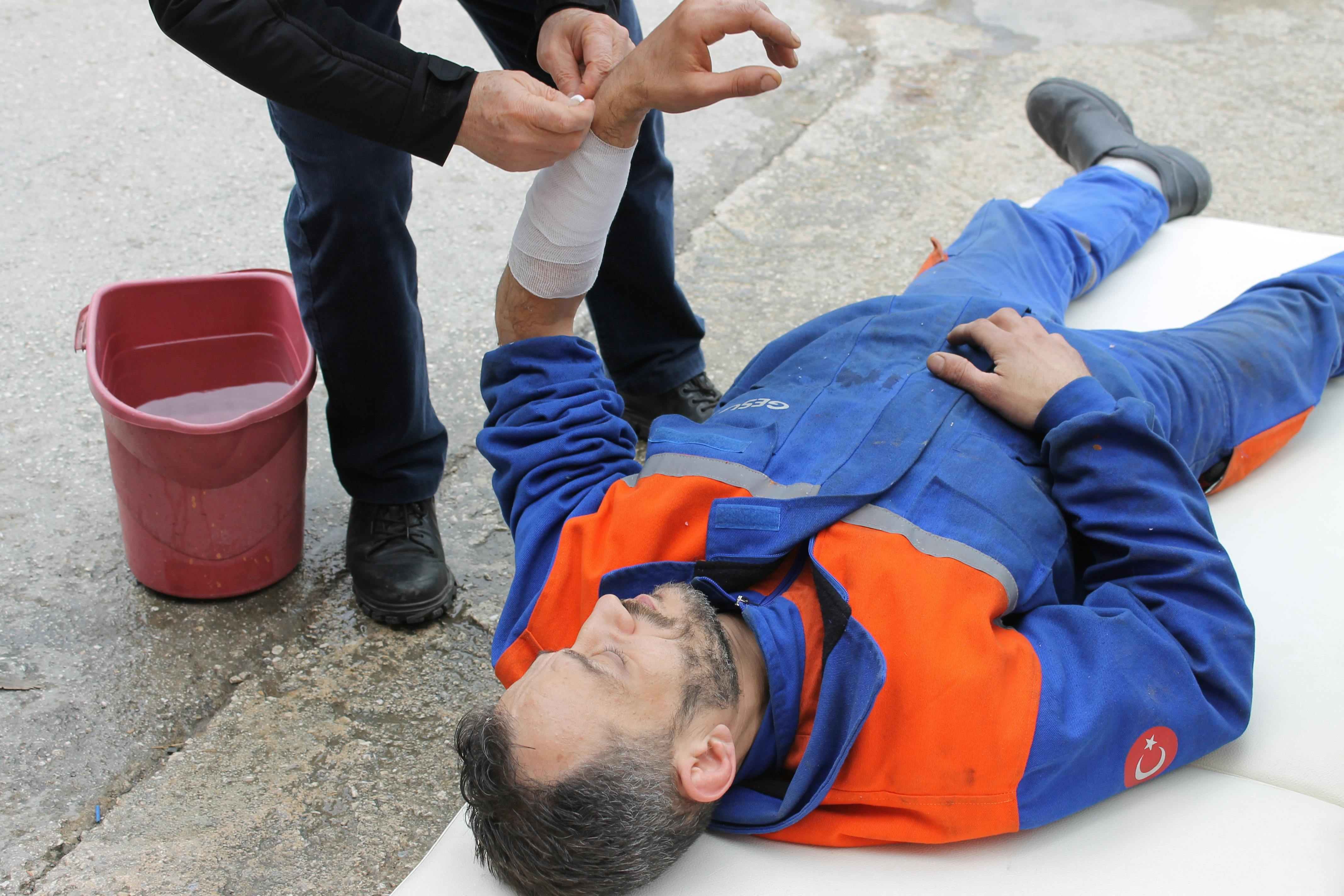24
Dec 2019
New Toolkit at Brisbane Hospital Reduces Pain of Opioid Prescriptions
Published in General on December 24, 2019

According to the Australian Institute of Health and Welfare, approximately three Australians die every day in which the cause is strongly linked to opioid abuse. Because of this, the federal and state government, as well as the medical community in the country, has been discouraging the use opioids to impede overdoses and other potential risks on the health.
As an effect, it prompted the Emergency Medicine Foundation, which is an organization that supports evidence-based emergency medicine research, to fund the development of The Opioid Prescribing Toolkit.
The purpose of this toolkit is to decrease the dependence on opioids by teaching the emergency department staff about alternative strategies for pain management. This initiative has lead to the prescription of less opioid-based painkillers in the Royal Brisbane and Women’s Hospital emergency department.
According to Champika Pattullo, who is a pharmacist at RBWH, their goal was to assist health practitioners assigned in the emergency department to rely less on opioids and utilize other pain management strategies that do not include the usage of prescribed drugs.
What makes the toolkit different is that its design has tons of flexibility. Meaning, it’s approach wasn’t one-size-fits-all.
“It’s a recipe, rather than the intervention – it can be adapted to circumstances. What worked in our emergency department won’t necessarily work in other emergency departments. So I help different sites adapt what’s in the toolkit to their local setting and they go from there,” she said.
She also attributes the success of the toolkit for the reduction of prescribed opioid painkillers by 21% during the trial period.
“In August 2016, around 5% of patients in the emergency department were going home with a prescription for oxycodone. The thing that really stood out for us was that those patients were all going home with a box of 20 – we wanted to see whether patients really needed that many tablets,” she stated.
Ms. Pattullo claims that other health centers such as the Caboolture Hospital requested that tool kit be installed there. In addition, it’s being introduced to more hospitals in the Health Service area and Metro-North Hospital.
However, The Royal Australian College of General Practitioners raised the concern regarding the failure to provide suitable pain management alternatives. Amidst the success and promising results of the toolkit, there is also an issue regarding patients who suffer from chronic pain. The rapid reduction of prescribed opioids might leave them helpless and unable to manage their pain, or worse, encourage them to use illicit drugs instead.
“We are worried about the pendulum swinging too far the other way – one of the concerns has recently been, for example, patients who are dying or in palliative care. The last thing we want to see is doctors not giving them appropriate pain management because they’re worried about overprescribing,” RACGP president Dr. Harry Nespolon said.
Patient advocacy group Pain Australia welcomed the toolkit but chief executive Carol Bennett said there was a problem of people with chronic pain being left without options once opioids were taken out of the picture.
On the other hand, Pain Australia, which is a patient advocacy organization, welcomed the toolkit as well but has similarly expressed concern on those who are suffering from chronic pain and have no painkiller alternative for it.
“Opioids should not be used for chronic pain management but the problem we have is that there are 3.2 million Australians who live with chronic pain conditions. What we don’t have are the solutions, and the treatments which allow people to manage chronic pain outside of medications,” Ms. Bennett said.
Ms. Pattullo responded to that issue by stating that she is optimistic that toolkit can help bridge that gap.
“The idea is by focusing on good pain management we can get the balance right for individual patients, and avoid both under and overprescribing opioids,” she stated.









